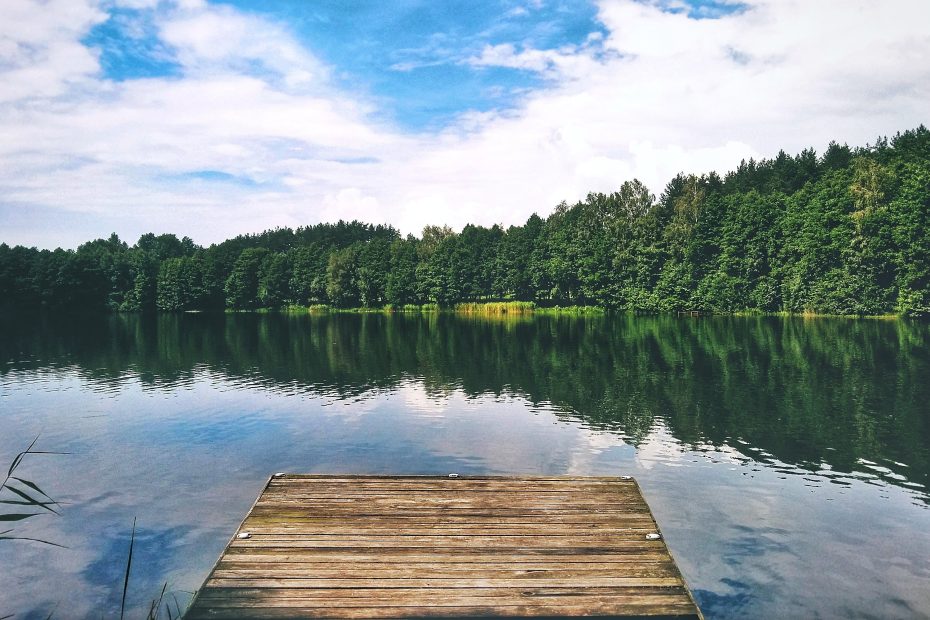Table of Contents
Introduction
Lithuania is a country blessed with incredibly diverse natural landscapes, from dense forests to sandy beaches, wetlands teeming with wildlife to rolling hill ranges. For anyone looking to immerse themselves in nature and escape from the bustle of cities, Lithuania offers the perfect destination. The country’s national parks and protected areas safeguard these environments while providing opportunities for sustainable tourism. In this article, we will explore some of Lithuania’s most remarkable natural areas and the ways to connect with the stunning nature of this Baltic gem.
Lithuania’s Vast Forests
Over 33% of Lithuania’s land area is covered by forests, making it one of the most heavily forested countries in Europe. These woodlands are primarily made up of pine, spruce, birch, alder and aspen trees. Lithuania’s forests are home to wildlife like elk, deer, wild boars, foxes, beavers, otters and hundreds of bird species. Foraging for mushrooms and berries is a popular pastime when visiting the forests. The dappled light shining through the trees creates an enchanting, mystical atmosphere. There are hundreds of walking trails that wind through the forests, allowing hikers to immerse themselves in the sights, sounds and scents of these environments.
Coastal Regions Blessed by the Baltic
Lithuania’s western border lies along the shimmering Baltic Sea. One of the country’s most unique landscapes is the Curonian Spit, a narrow peninsula separated from the mainland by the Curonian Lagoon. The 98 km spit features massive sand dunes, some rising up to 60 meters high, and pine forests growing in the arid, sandy soil. Along the beaches of the Baltic Sea, swimmers, sailors and amber collectors can enjoy the laid-back resort towns. From the Curonian Spit, you can witness breathtaking sunrises and sunsets over the sea and gaze across to the Russian territory of Kaliningrad.
Wetlands Bursting with Biodiversity
While the Curonian Spit showcases Lithuania’s coastline, the vast Nemunas Delta in the west offers a marshy, watery contrast. Situated at the mouth of the Nemunas River, the delta features floodplains, oxbow lakes, swamps and peat bogs. The diversity of aquatic ecosystems in the delta provides a haven for rare birds like sea eagles, cranes and Aquatic Warblers. Exploring by canoe allows you to spot beavers busy at work while getting up close to exotic flowers like water lilies. Anglers can try their luck catching pike, perch and Atlantic sturgeon.
Hill Ranges Steeped in Lore
While Lithuania lacks towering mountain peaks, there are scenic hill ranges like those found in Aukštaitija National Park in the east. The park’s hills are dotted with crystalline lakes, granite outcrops and mysterious pagan shrines. Meandering walking paths take you through the lush forests to the summits of the hills, revealing panoramic views of the surrounding countryside. Lithuanian folklore imbues the hill ranges with mythological stories of giants, pagan gods and magical rituals. The verdant hills have inspired artists and poets for centuries.
An Array of National & Regional Parks
To protect and preserve Lithuania’s natural heritage, a number of national and regional parks have been established across the country. Aukštaitija, Curonian Spit and Žemaitija National Parks safeguard some of the most iconic landscapes. Parks like Labanoras and Viešvilė feature dense forests perfect for secluded hikes. Nemunas Loops and Plateliai Regional Parks protect wetlands and lakes. While highlighting ecological preservation, the national parks provide visitor centers, camping facilities, guided tours and nature trails to encourage sustainable tourism.
Conclusion
From the Baltic seaside to the deep forests, Lithuania’s diverse natural landscapes offer endless opportunities to reconnect with nature. Immersing yourself in the ecosystems protected by Lithuania’s national parks allows you to hike, forage, watch wildlife and simply relax away from urban life. As pressures from tourism and development continue to grow globally, Lithuania provides a model for sustainably sharing these natural wonders with visitors while prioritizing conservation. If you’re seeking to discover breathtaking natural beauty and disappear into a forest or down a sand dune, Lithuania promises experiences to replenish your spirit.
FAQs
What is the most famous natural landmark in Lithuania?
The Curonian Spit, a narrow sand peninsula lining the Baltic Sea, is Lithuania’s most distinctive and famous natural landmark. The 98 km spit features giant sand dunes, pine forests and beaches along the coast.
What wildlife can you see in Lithuania’s forests?
Lithuania’s vast forests are home to animals like elk, deer, wild boars, foxes, beavers, otters, wolves and hundreds of bird species including grouse, woodpeckers and owls.
What activities can you do in Lithuania’s national parks?
Lithuania’s national parks offer lots of outdoor activities like hiking, bicycling, boating, swimming, fishing, horseback riding, mushroom/berry foraging, wildlife watching, and more.
What types of forests cover Lithuania?
Lithuania’s forests consist mainly of pine, spruce, birch, alder and aspen trees. Coniferous trees like pine and spruce dominate, covering over 50% of forest area.
Which Lithuanian park is known for its wetlands?
The Nemunas Delta Regional Park on the Baltic coast features a massive wetland full of floodplains, lakes, swamps and peat bogs that provide habitat for rare birds and aquatic plants.
